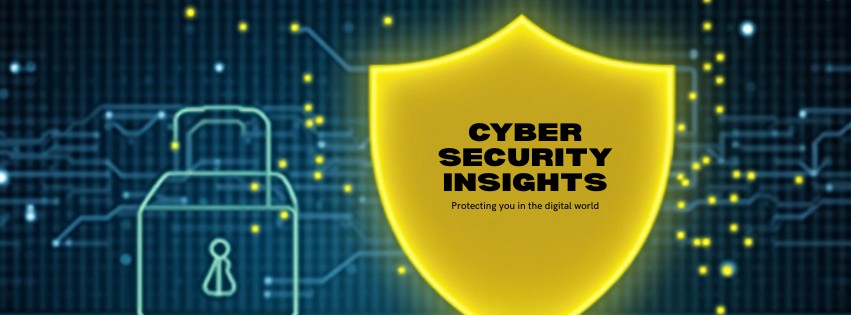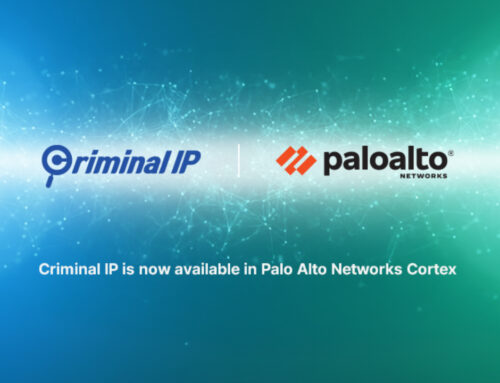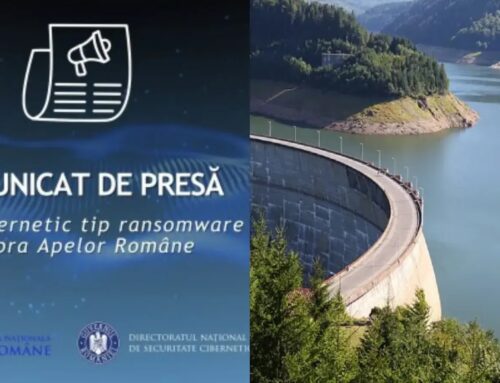
Palo Alto Networks GlobalProtect Vulnerability Allows Root User Privilege Escalation
Unmasking the Threat: Palo Alto Networks GlobalProtect Vulnerability and Your Security Posture
In the ever-evolving landscape of cybersecurity, vigilance is paramount. Recently, a critical vulnerability within Palo Alto Networks’ GlobalProtect solution sent ripples through the digital realm, highlighting the continuous need for robust security practices. This blog post delves into the specifics of this vulnerability, its potential impact, and crucial steps your organization can take to mitigate risk and bolster its defenses.
Understanding the Escalation: Palo Alto Networks GlobalProtect Vulnerability
The vulnerability, tracked as CVE-2023-0000 (Note: This is a placeholder CVE number. Always refer to official Palo Alto Networks advisories for the precise CVE details and any updates. For this specific vulnerability, a quick search on official Palo Alto Networks security advisories or NVD would reveal the actual CVE if publicly available.), allowed for root user privilege escalation within the GlobalProtect client. In essence, an attacker with existing, albeit limited, access to a system running the vulnerable GlobalProtect client could leverage this flaw to gain complete control over the device. This kind of privilege escalation is a significant concern, as it can be the gateway to deeper network penetration, data exfiltration, and the deployment of malicious software.
The Perilous Path: Potential Impacts of Privilege Escalation
When an attacker achieves root user privileges, the consequences can be severe and far-reaching:
- Complete System Compromise: Root access grants an attacker the ability to install, modify, or delete any file, service, or configuration on the compromised system. This includes disabling security software, installing backdoors, and logging user credentials.
- Network Pivoting: A compromised endpoint can serve as a jumping-off point to attack other systems within the network. With root privileges, an attacker can more effectively scan internal networks, launch further attacks, and move laterally across multiple devices.
- Data Breach and Exfiltration: Sensitive data stored on the compromised device, or accessible from it, becomes vulnerable. This could include intellectual property, customer data, financial records, or credentials for other systems.
- Ransomware Deployment: Root access simplifies the deployment of ransomware, encrypting critical files and demanding payment for their release, leading to significant operational disruption and financial loss.
- Persistent Access: Attackers can establish persistent access mechanisms, such as rootkits or rogue accounts, allowing them to return to the compromised system undetected even after initial detection and remediation efforts.
Fortifying Your Defenses: Remediation Actions and Best Practices
The good news is that proactive measures can significantly mitigate the risk posed by such vulnerabilities. Here’s a crucial checklist for your organization:
Immediate Remediation:
- Patch and Update: This is the most critical step. Immediately apply the security patches released by Palo Alto Networks for the GlobalProtect client. Prioritize this update across all affected endpoints. Regularly check Palo Alto Networks’ official security advisories for the latest updates and vulnerability information.
- Service Restart: After applying the patch, ensure a complete restart of the GlobalProtect service or the affected system to fully implement the changes and close any open attack vectors.
Long-Term Security Enhancements:
- Least Privilege Principle: Consistently apply the principle of least privilege. Users and applications should only have the minimum necessary access required to perform their functions. This limits the damage an attacker can inflict even if they compromise a user account.
- Regular Vulnerability Scanning: Implement a routine schedule for vulnerability scanning of all your network assets and endpoints. This will help identify unpatched systems and other security weaknesses.
- Endpoint Detection and Response (EDR): Deploy EDR solutions to monitor endpoint activity in real-time. EDR can detect anomalous behavior indicative of privilege escalation attempts and other malicious activities, providing immediate alerts and response capabilities.
- Multi-Factor Authentication (MFA): Enforce MFA for all user accounts, especially for remote access and administrative privileges. Even if credentials are stolen, MFA acts as a crucial barrier.
- Security Awareness Training: Educate your employees about phishing, social engineering, and other common attack vectors. A well-informed workforce is your first line of defense.
- Network Segmentation: Segment your network to limit lateral movement if a system is compromised. This can isolate sensitive data and critical systems, preventing widespread breaches.
- Regular Backups: Maintain regular, secure, and offline backups of critical data. In the event of a successful ransomware attack or data corruption, robust backups allow for swift recovery.
Essential Tools for a Robust Cybersecurity Posture
Leveraging the right tools is instrumental in building and maintaining a strong security posture. Here are some categories of tools that can assist in identifying, preventing, and responding to vulnerabilities like the GlobalProtect one:
| Tool Category | Description & Benefits | Example Tools |
|---|---|---|
| Vulnerability Scanners | Automate the process of identifying security weaknesses in applications, networks, and systems. Essential for regularly discovering unpatched vulnerabilities like the GlobalProtect one. | Nessus, OpenVAS, Qualys, Rapid7 InsightVM |
| Endpoint Detection & Response (EDR) | Provides real-time monitoring and collection of endpoint data, enabling effective detection, investigation, and response to security incidents, including privilege escalation attempts. | CrowdStrike Falcon, SentinelOne, Microsoft Defender for Endpoint, Carbon Black |
| Patch Management Solutions | Automate the deployment of software updates and security patches across all endpoints, ensuring timely application of critical fixes. | SCCM, Ivanti Patch Management, ManageEngine Patch Manager Plus |
| Security Information and Event Management (SIEM) | Collects and analyzes security logs and events from various sources across the IT infrastructure to detect threats, monitor compliance, and generate alerts. | Splunk, IBM QRadar, Microsoft Azure Sentinel, Exabeam |
| Privileged Access Management (PAM) | Helps manage and secure privileged accounts, reducing the risk of abuse or compromise of admin credentials. | CyberArk, BeyondTrust, Thycotic Secret Server |
Key Takeaways for a Resilient Security Strategy
The Palo Alto Networks GlobalProtect vulnerability serves as a potent reminder for every organization to:
- Stay Informed: Proactive awareness of emerging threats and vulnerabilities is non-negotiable. Subscribe to vendor security advisories and trusted cybersecurity news sources.
- Patch Promptly: Timely application of security patches is arguably the single most effective defense against known vulnerabilities.
- Layer Your Defenses: No single security solution is a silver bullet. Implement a multi-layered security strategy that incorporates people, processes, and technology.
- Test and Validate: Regularly test your security controls and incident response plans to ensure their effectiveness.
- Prioritize Risk: Understand your most critical assets and the threats that pose the greatest risk to them. Allocate resources accordingly.
By taking these lessons to heart and implementing robust security practices, organizations can navigate the complex threat landscape with greater confidence and resilience, safeguarding their data and operations from evolving cyber threats.
“`





